This is a fairly big question, but since the first part of the question refers to my answer to this question, I ought to attempt to answer it.
To put it very simply, I think you can reduce it to two cases:
(1) Functions that by their nature always return an array. Some of these are
- Filter
- Query
- Sequence
- Unique
These are automatically expanded and you don't need to use ArrayFormula with them.
(2) Functions that don't normally return an array but can be coerced into returning an array if you feed them a list of values where a single value is normally expected and you wrap them in ArrayFormula.
Scalar use of If statement:
=If(A3,D3,"")
Vector (arrray formula) use of If statement:
=ArrayFormula(if(A3:A,D3:D,""))
Scalar use of Sumif:
=Sumif(row(B3:B),"<="&B3,C3:C)
Note that although the first and third parameters of the Sumif are ranges, the second parameter is normally a single value. If you replace the second parameter with a range and wrap it in ArrayFormula, the function is re-evaluated for each value in the range, and therefore generates an array. This behaviour depends on the fact that the function itself must contain some code (invisible to the user) that tests whether an array is being passed where a single value would normally be expected, and handles it iteratively. This isn't always the case: Sumifs does not exhibit this behaviour because nobody coded it that way.
Vector use of Sumif:
=ArrayFormula(Sumif(row(B3:B),"<="&B3:B,C3:C))
Expansion of two 1d arrays into a 2d array
I don't know what the correct term is for the expansion of two 1d arrays into a 2d array. Here is a simple example (B1:D1 and A2:A4 are pre-filled and the array formula fills in B2:D4):

It works with other binary operators including < and >, but as far as I know there is no 3d equivalent - it is limited by the 2d nature of a sheet. Also works with functions that take two arguments (Pow, Mod etc.), so this would produce exactly the same result:
=ArrayFormula(ADD(B1:D1,A2:A4))


